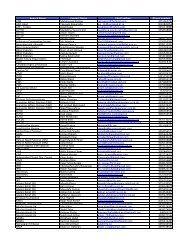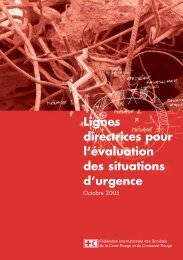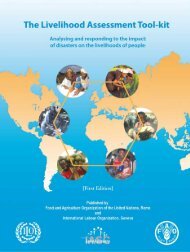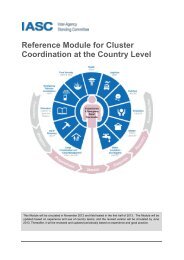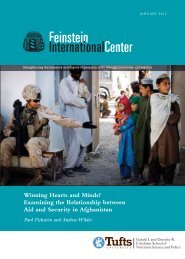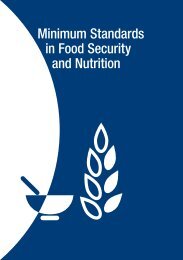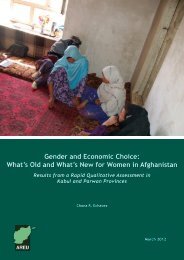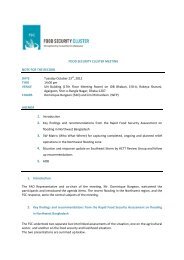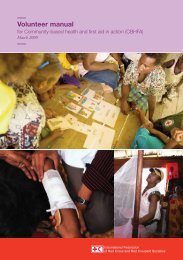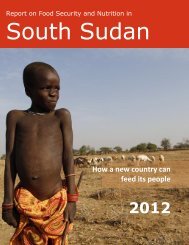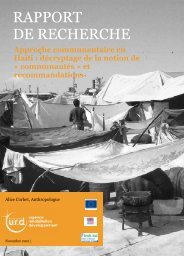Livestock Fisheries SC meeting minutes, 23rd Aug 2012.pdf
Livestock Fisheries SC meeting minutes, 23rd Aug 2012.pdf
Livestock Fisheries SC meeting minutes, 23rd Aug 2012.pdf
Create successful ePaper yourself
Turn your PDF publications into a flip-book with our unique Google optimized e-Paper software.
Agenda Item 3: Experience with the Zootechnical survey in Kenya<br />
• During the June <strong>meeting</strong> VSF Belgium made a presentation on a Zootechnical tool that was<br />
developed in West Africa for monitoring livestock productivity, performance, and collecting<br />
baseline information. The presentation in June aimed at gathering views from partners before<br />
the tool is applied in east Africa and to assess its potential in South Sudan.<br />
• During the <strong>Aug</strong>ust <strong>meeting</strong> Khang Chol presented the preliminary results of the tool’s<br />
application in a survey conducted in arid and semi‐arid lands of northern Kenya in Samburu,<br />
Turkana, Pokot, Marsabit, Garissa, Wajir and Mandera counties. The survey was conducted<br />
through a consortium of agencies comprising Oxfam GB as the lead NGO, ACTED, VSF‐B, VSF‐<br />
CH, VSF‐Germany, and Project ECHO Lanina II.<br />
• Khang reported that the survey methodology comprised the following steps:<br />
1) Sites selection under the guidance of the host organization at local level while target<br />
areas within each County were selected based on high number of goats and<br />
households that benefitted from the ECHO Lanina II project<br />
2) Sample size calculation based on the number of beneficiaries per location<br />
3) Identification of respondents by the host organization taking into consideration the<br />
modalities generated by the consultants.<br />
4) Communities mobilization by the host organization with the involvement of<br />
community leadership; taking into consideration gender aspects for fair<br />
representation; and informing livestock keepers (LKs) of the requirements to<br />
participate in the survey i.e. not having more than 30 goats, and with a good<br />
knowledge of the livestock history over the last 1 year.<br />
• Khang noted that at the start of the survey it was challenging. This resulted from the fact that<br />
the tool was being used for the first time in East Africa and was therefore new to both the<br />
host organizations and the communities. The 1 year recall period was also long for some<br />
households to effectively remember the history of the flock; and there were variation in<br />
number of seasons between semi‐arid and arid. While the survey was planned taking into<br />
consideration 4 seasons, some semi‐arid zones had up to 5 identified seasons. The implication<br />
of this being that since the survey team used pictorial evidence of the four seasons to collect<br />
information from respondents they lacked evidence for the additional season reported in<br />
some semi‐arid areas.<br />
• Despite the challenges encountered Khang was positive that the tool generated some<br />
promising results and it has the potential for application in South Sudan to estimate mortality<br />
among goats. He however reiterated that it would require adjustments for application in<br />
collecting data about other livestock categories.<br />
• He indicated that the preliminary/draft report is not yet ready but will be shared once<br />
finalized.



